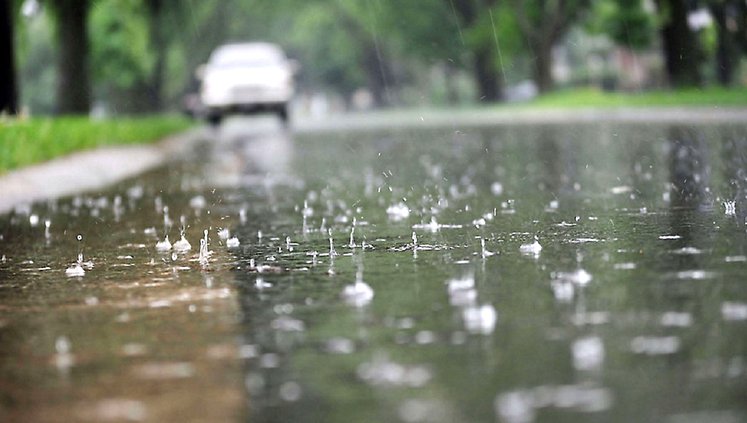BY CHRISTINE SOUZA
AgAlert
California experienced its hottest summer on record this year, but previous above average and normal water years helped the state maintain a good supply of surface water in reservoirs and recharge more groundwater.
“We’re finally starting to feel fall temperatures here, which I think everybody’s ready for to get into winter,” said Michael Anderson, state climatologist for the California Department of Water Resources. “The timing, pace and scale of those atmospheric river storms are absolutely key to how the year plays out.”
Anderson and other DWR colleagues addressed members of the California State Water Resources Control Board last week, providing a state water update. State water officials reflected on the 2024 water year and discussed the state of supplies going into the new water year, which began Oct. 1 and continues through Sept. 30.
With about half the state’s average annual precipitation arriving during December, January and February, Anderson said the water supply outlook is uncertain at this point in the season.
He said some climate models suggest the emergence of a La Niña climate pattern in the Pacific Ocean, which is typically associated with below-average rainfall, so there is a concern that dry conditions may return. Other models suggest heat arriving in the North Pacific, which changes the dynamic, he added.
“The state could receive either very warm and dry, cold and wet, or warm and wet,” Anderson said. “All three are outcomes that we will likely see this winter.”
Looking at the status of conditions across the state’s groundwater basins, Steven Springhorn of DWR’s Statewide Groundwater Management Office said the state had a great water year in 2023 and an average one in 2024, and they “have greatly benefited the surface water.”
“Because that influences what we see in the groundwater, it has resulted in groundwater level recovery,” Springhorn added.
While California has observed positive groundwater trends in the recent wet years, Springhorn said, “we need to be ready for anything.” Long-term groundwater deficits persist, he added.
As the state collects more groundwater data from local sustainability agencies under the state’s Sustainable Groundwater Management Act, he said, “we can start to see where the trends are.”
“We saw a very big decrease in groundwater pumping from the wet 2023 from the dry 2022, and we saw a big increase in managed recharge,” Springhorn said. “Less pumping and more recharge equaled a big positive change in storage.”
Through SGMA, many are working to address a huge groundwater deficit, but he said in the near-term, the news is positive.
“There is increased groundwater levels because of less pumping, more surface water in the system and more recharge,” resulting in a positive change in storage, Springhorn said. “The outcome of that is increased groundwater levels, less subsidence and fewer dry wells.”
— Courtesy of the California Farm Bureau.





